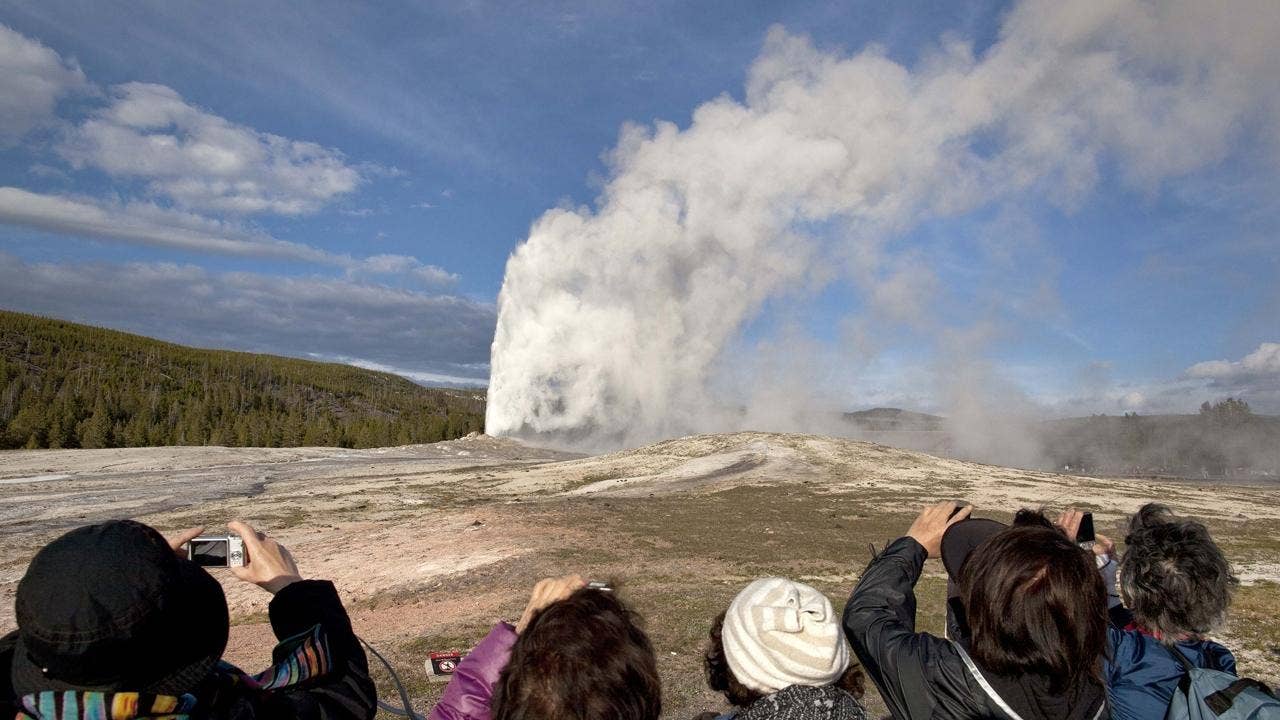Delta4Embassy
Gold Member
This recent earthquake at Yellowstone has once again found a place in my conscious mind lettingme worry some more about the supervolcano underneath the park. Recently discovered the magma chamber's twice as vast as previously thought. And it's still like 40,000 years overdue for a supervolcano eruption. The result of which would be a northern hemisphere extinction level event. Not so much from the immediate effects, and resulting effects from all the ash blocking sunlight, temps dropping, crops and livestock dying out, and everything requiring clean air to function (cars, power stations, and of course people) choking on the ask and breaking or dying. And with several feet of ash in the streets, and on top of every roof, not only would buildings collapse, and travel be impossible (every step kicking up the ash which interfers with breathing until you've inhaled so much it turns into liquid cement in your lungs and you die) but the ensueing volcanic winter would create a powerless winter of 3 or more years. If you don't die from the inhalation of the ash, something collapsing on top of you, social order breakdown (if you can't get around neither can the police,) starvation, or thirst, you'll die from the long winter cold and lack of power to generate heat.
The 4.7 quake isn't expected to cause an eruption (so they say, would they really tell us, "this is it, we're fucked!") But alarming events like ground deformation indicated magma's rising below so that the ground above literally raises up as with one of the lakes in the park sloshing to one side. They say the magma chamber (55 miles long by 15 or so miles wide) is just 8 miles beneath the surface. In geologic terms that's not very deep. And the whole thing's basically a pressure chamber. All the magma produces explosive gas which builds up over time so that any little hole making it to the surface could cause an eruption of the whole thing. And everytime an earthquake happens, there's that possibility.
The 4.7 quake isn't expected to cause an eruption (so they say, would they really tell us, "this is it, we're fucked!") But alarming events like ground deformation indicated magma's rising below so that the ground above literally raises up as with one of the lakes in the park sloshing to one side. They say the magma chamber (55 miles long by 15 or so miles wide) is just 8 miles beneath the surface. In geologic terms that's not very deep. And the whole thing's basically a pressure chamber. All the magma produces explosive gas which builds up over time so that any little hole making it to the surface could cause an eruption of the whole thing. And everytime an earthquake happens, there's that possibility.


